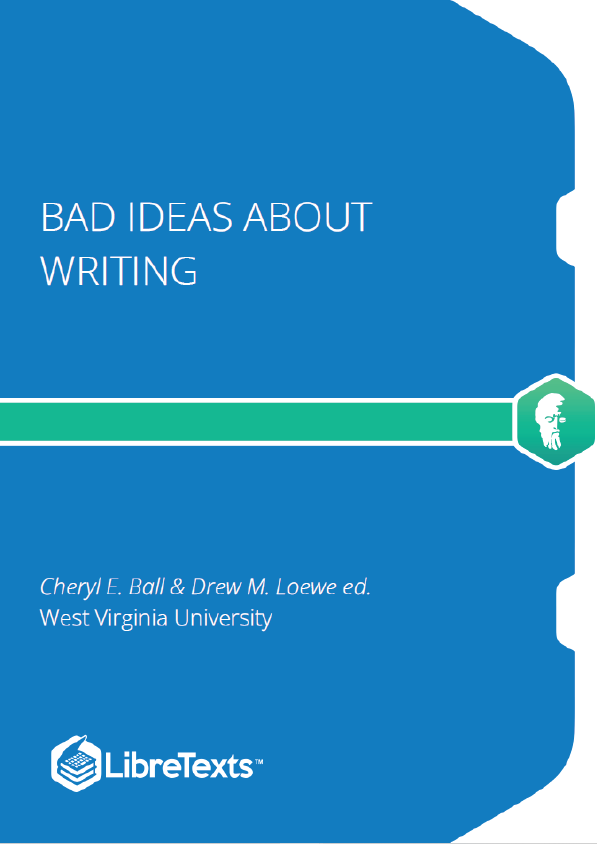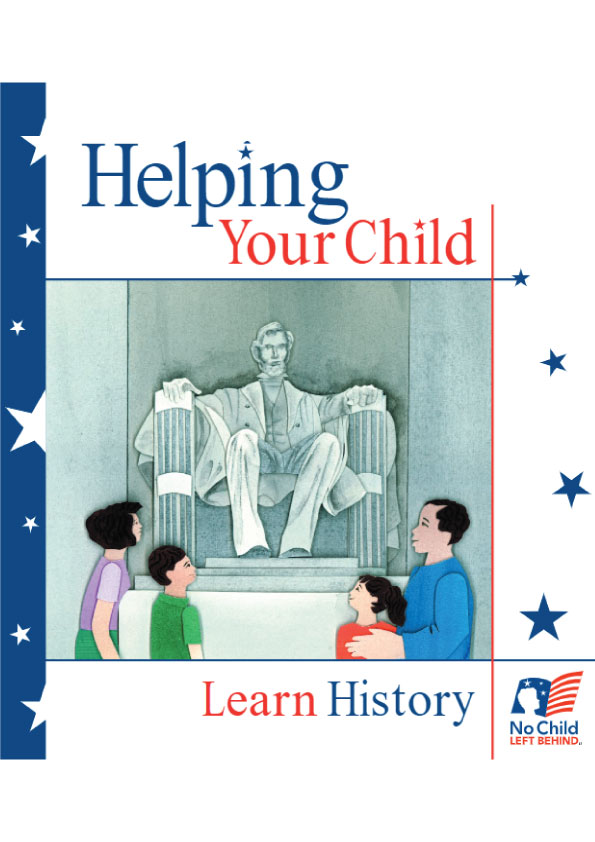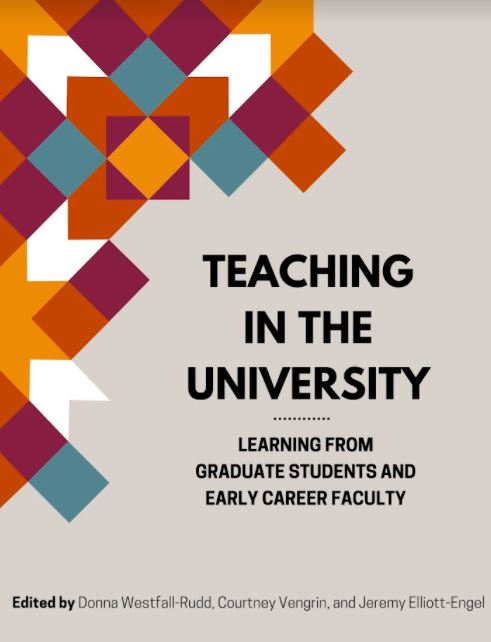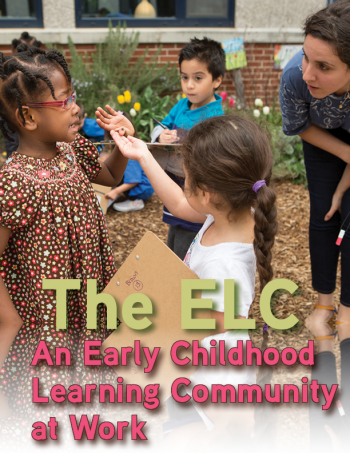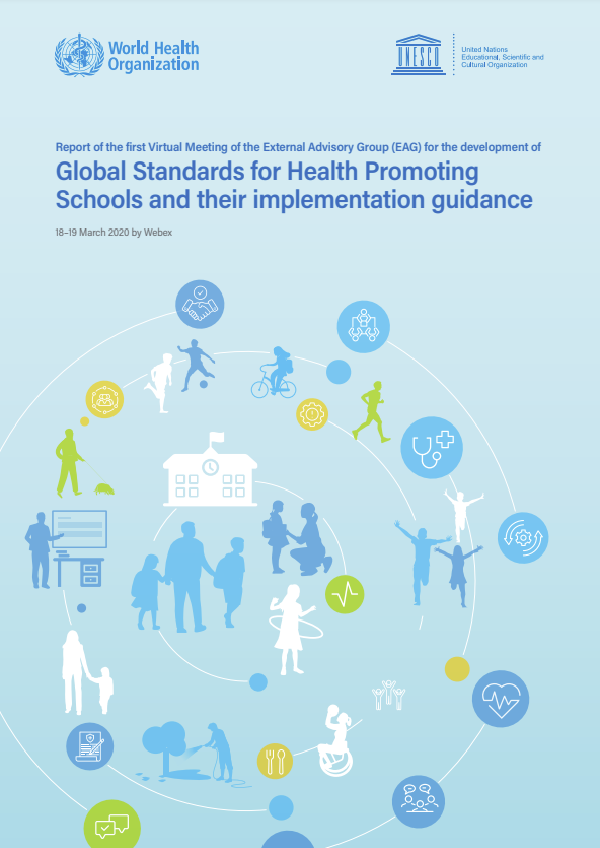In a 1975 Newsweek article entitled “Why Johnny Can’t Write,” Merrill Sheils asserted, “Willy-nilly, the U.S. educational system is spawning a generation of semiliterates.” Sheils worried that technologies such as computer printouts and the conference call were destroying Americans’ abilities to produce clear and concise prose in professional settings, warning that the decline of literacy means that they would soon find themselves back in Babel. Sheils offers a dire vision of late 20th-century Americans who were unwilling to embrace the highly structured rules of the English language and a failing education system that was shoving literacy over the precipice. Literacy, according to Sheils, was in crisis.
The notion that literacy is in crisis is nothing new. Americans have been asking why Johnny can’t write for a long time now. The United States has fought against the perceived decline in literacy since the 19th century when higher education—indeed, education in general—became more widely available to people who were not wealthy white men.
It was during this era that higher education gradually shifted away from its narrow periphery that produced clergymen and lawyers. The Morrill Land-Grant Act of 1862 authorized states to use federal lands to build state-supported institutions that focused on agriculture and technology. In response, many of the best universities in the country were established. Colleges and universities began to put greater emphasis on faculty research, moving away from the more teaching-focused traditions of American higher education. The emphasis on research continued to grow throughout the 20th century as universities worked with the federal government and private corporations to produce the kinds of advances in science that cured diseases, sent people to the moon, and obliterated large quantities of people with atomic weapons.
As the purpose of higher education changed and more academic institutions were established, more people began going to college. The economic and educational backgrounds of new students became more varied. And with each change that was witnessed in students, technology, and media, academics and non-academics alike bemoaned the decline of literacy.
The perennial literacy crisis has been a significant contributor to the spread of composition instruction in American universities. First-year writing emerged in response to a perception among faculty members at colleges and universities as well as members of the broader society outside academia that high schools were not providing adequate instruction in writing and reading, so high school graduates were under-prepared for the rigorous demands of academic writing. At Harvard University, the faculty and administration decided that the crisis in student preparation required a temporary solution, a stopgap until high schools could improve the quality of writing instruction and subsequently send students to college who did not struggle to write clear, coherent, and grammatically correct prose. That temporary solution in the 1880s was English A, a freshman composition course that instantly became a model for other institutions across the country.
The courses envisioned as temporary have since become a staple of American higher education. The reasons for the course’s lasting power are complex, but literacy crises are the primary drive behind the stabilization of first-year writing and the growth of writing instruction throughout undergraduate and graduate education. The academic field of writing studies owes its growth throughout the 20th century to public distress that literacy is failing.
